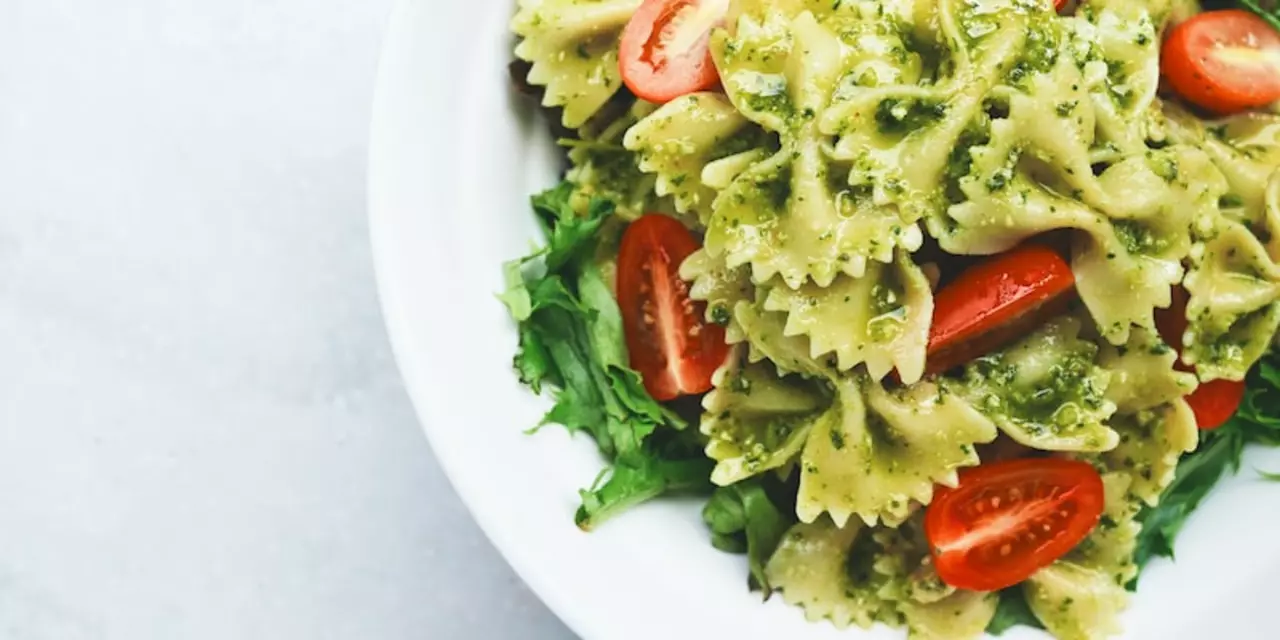Indian Food – A Flavorful Journey Through Taste and Tradition
Indian food is like a surprise party for your mouth. One bite can take you from sweet to spicy, from crunchy to creamy, all without leaving your kitchen. If you think Indian cuisine is just about curry, think again. It covers everything from street‑side snacks to festive feasts, and each region adds its own twist.
Why Indian Food Stands Out
First off, the spice mix is the real hero. It isn’t just heat; it’s a blend of flavors that work together. Turmeric brings earthiness, cumin adds a nutty note, and mustard seeds give a pop of bite. These spices aren’t random – they’re chosen to balance taste, help digestion, and even keep food fresh.
Second, Indian cooking respects the ingredients. Fresh vegetables, legumes, and dairy get a lot of love. Whether you’re sautéing onions with ginger or simmering lentils in oil, the goal is to let each component shine. That’s why dishes like dal (spiced lentils) feel hearty yet light.
Lastly, the diversity is huge. In the north, you’ll find buttery naan and creamy butter chicken. Down south, rice and coconut dominate, giving you dosas and sambars. West India serves tangy snacks with a hint of sweetness, while the east loves fish and mustard‑based sauces. This variety means there’s always something new to try.
Must‑Try Indian Snacks
One snack that’s crossed borders is the samosa. It’s a crisp triangle stuffed with spiced potatoes, peas, and sometimes meat. You can find it at any Indian street market, and it’s a hit at parties worldwide. The secret to a perfect samosa is a thin, flaky crust and a filling that’s hot but not soggy.
Another crowd‑pleaser is the chaat. It’s a mix of fried dough, chickpeas, yogurt, tamarind sauce, and crunchy sev. The combination of sweet, sour, spicy, and crunchy makes chaat addictive. Try it from a local vendor to get the authentic tang.
If you’re into sweets, gulab jamun is a must. These soft milk‑based balls soak in sugar syrup, delivering melt‑in‑your‑mouth sweetness. Pair them with a cup of masala chai for the ultimate treat.
Street food isn’t just tasty; it tells a story. Vendors often share family recipes passed down for generations. When you bite into a pav bhaji (spiced vegetable mash on buttered bread) or a vada pav (spicy potato fritter in a bun), you’re tasting a piece of that tradition.
Cooking at home is simple too. Grab a ready‑made spice blend like garam masala, toss it into veggies or protein, and you have a flavorful meal in minutes. Add a dollop of yogurt or a splash of lemon, and you’re set.
Indian food isn’t just about the taste; it’s about the experience. It brings people together, sparks conversations, and makes every meal memorable. So next time you’re hungry for something new, dive into Indian cuisine – start with a samosa, explore a chaat, and keep discovering the countless flavors waiting for you.
Are 'Ready to Eat' Indian food products too unhealthy?
This article discusses the healthiness of Indian ready-to-eat food products. The article argues that many of these products are unhealthy due to their high levels of saturated fat and sodium, as well as the lack of dietary fibre. It also examines the potential health risks posed by these products, including increased risk of cardiovascular disease and diabetes. Finally, the article looks at possible solutions, such as increasing the availability of healthier alternatives and educating consumers about making healthier choices. In conclusion, the article suggests that Indian ready-to-eat food products are too unhealthy and steps must be taken to make them healthier.
More